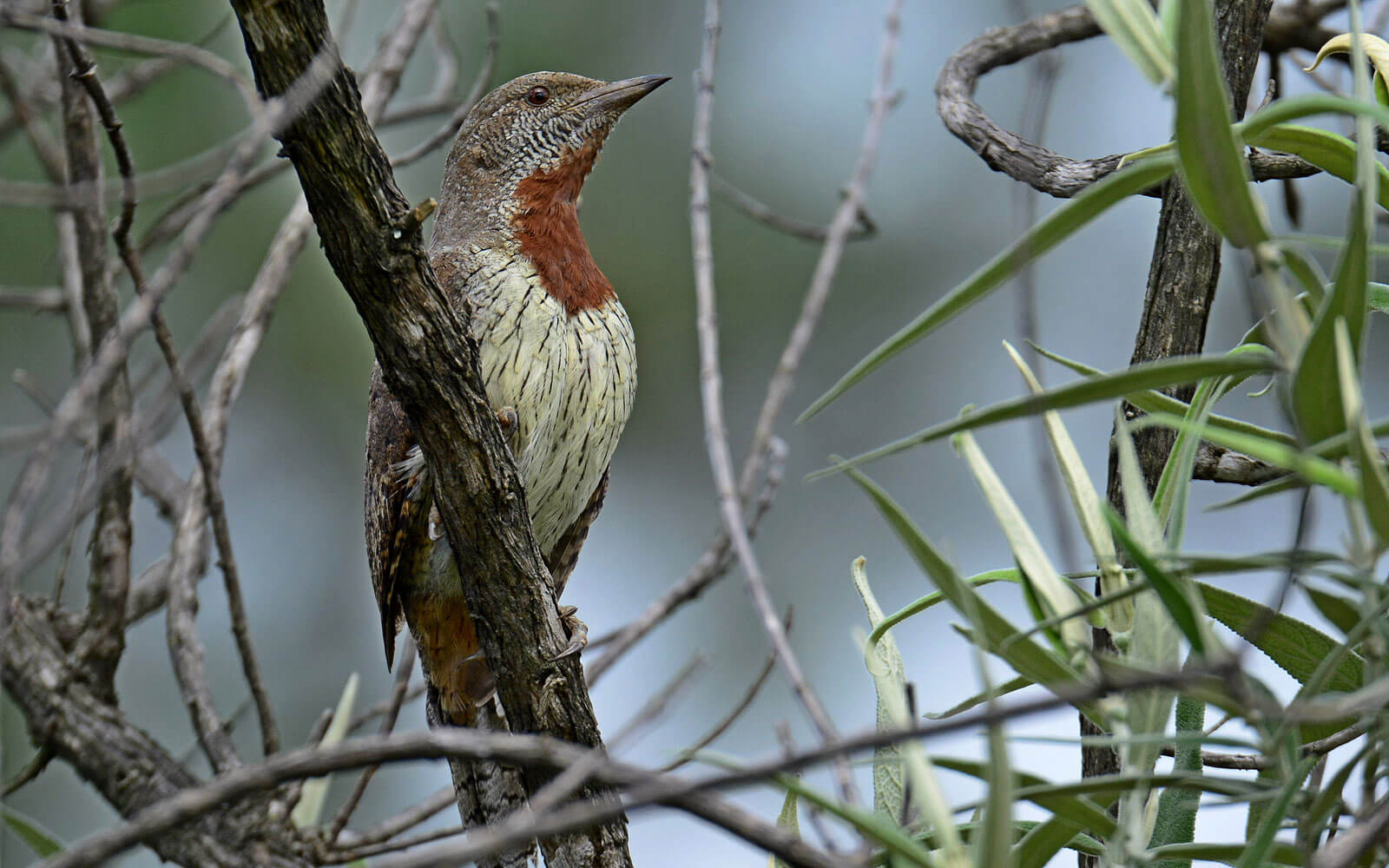I have a sister in the UK who calls me a ‘twitcher’. I disagree and say a twitcher is someone who travels at great expense to various parts of the world (or continent, or country, or region or perhaps your back-garden) to tick another species of bird, to make lists, to achieve your own special target. I say I stopped being a twitcher when I reached 700 species and became just a ‘birder’. Nowadays I find my interest in listing birds by area, which contributes to the information about the distribution of birds which goes into a big computer in Cape Town for use by ornithologists, and contributes to the little distribution maps you find in all commercially available Birding Guide books. This makes me an ‘atlaser’, which they rather grandiosely call citizen scientists.
But to me it just means we love birds.
There are over 950 species in this country (and counting). About 10% of all species occur here, and many of them travel backwards and forwards every year free of man-made controls – no need for visas. But we do have to give all these birds names which are accepted internationally, and it is interesting to note some of the strange habits/features that have influenced the granting of names to these birds. I have selected 16 local species of birds with interesting names.
In this article I have used the Roberts Bird Guide, Second Edition, which rather decently gives some good examples.
Many names are taken from obvious physical appearances
1. Hamerkop
Afrikaans word meaning ‘Hammer-head’ in reference to its crest.

Hamerkop
Photo: John Oliver
2. Crombec
Bent beak, in reference to curved bill.

Crombec
Photo: David Allan
3. Green Twinspot
Each breast and belly feather has a pair of white apical spots.

Green Twinspot
Photo: Dave Rimmer
4. Common Waxbill
In reference to bright red bills of certain species, resembling red sealing wax.

Common Waxbill
Photo: David Allan
Sometimes these physical features are quite obscure and quirky
5. Red-billed Quelea
From medieval Latin qualea for a quail, in reference to quail-like plumage.

Red-billed Quelea
Photo: David Allan
6. Red-throated Wryneck
From wry (bent or twisted) and neck, in reference to peculiar habit of twisting neck when held in the hand.

Red-throated Wryneck
Photo: Dave Rimmer
Some bird’s names are onomatopoeic renderings of one of its calls
7. Southern Boubou
Onomatopoeic rendering of one of its many different calls.

Southern Boubou
Photo: Dave Rimmer
8. Yellow-rumped Tinkerbird
From repetitive, percussive calls, putatively similar to tinker’s hammer on an anvil.

Yellow-rumped Tinkerbird
Photo: Dave Rimmer
9. Jackal Buzzard
The calls of this buzzard recall the cries of a jackal.

Jackal Buzzard
Photo: David Allan
Behaviour sometimes earns a species a name
10. Speckled Mousebird
Derived from the rodent-like behaviour of creeping through vegetation.

Speckled Mousebird
Photo: John Oliver
11. Marabou Stork
From the Arabic for a hermit or monk, in reference to aloof behaviour.

Marabou Stork: this photo needs a little comment. The stork looks as though it is giving a ride on his back to some strange exotic bright orange beetle. This is described in the guidebook as a “bulbous orange-red air sac” which is used for cooling and in display. These storks have quite an extensive inflatable air sac system.
Photo: Dave Rimmer
When names cross language barriers, strange things can happen
12. Southern Fiscal
From Dutch word fiskaal for a tax collector whose duties also included that of hangman. Hence other popular names like ‘Jackie Hangman’ and ‘Jan Fiskaal’ in reference to hanging prey on thorns etc.

Southern Fiscal
Photo: David Allan
13. Lemon Dove
Possibly derived from these doves feeding in orange (Afrikaans: lemoen) orchards adjacent to forest in the Western Cape; not a reference to plumage coloration or diet.

Lemon Dove
Photo: Dave Rimmer
14. Neddicky
Corruption of the Zulu word iNcede for any small, brown bird. The quintessential LBJ (little brown job).

Neddicky
Photo: Dave Rimmer
If a species has a favourite food source, that food source becomes part of the name of that species
15. African Olive Pigeon
Derived from the pigeon’s liking for wild olives (Olea species); nothing to do with plumage coloration.

African Olive Pigeon: I asked a botanist what sort of tree this pigeon was perched in, hoping of course that it was one of the Olea species. It wasn’t, it was the Ehretia obtusifolia, the Sandpaper Bush, which is found in the Maputaland area of northern KZN.
Photo: Dave Rimmer
Adapting technical names for parts of the bird can get complicated when they use foreign languages as well
16. Burchell’s Coucal
Shortened from French words for cuckoo (coucou) and lark (alouette), in reference to lark-like hind-claws.

Burchell’s Coucal
Photo: John Oliver

About the author
Peter was born and raised in the sub-tropical haven of the then Lourenço Marques, now Maputo but was schooled in KZN. With a Mechanical Engineering degree from Cambridge he focused on his engineering career until moving to Durban in the mid 70’s and immediately developed an interest in birds. He has travelled extensively throughout southern Africa on birding holidays which helped him reach his target of 700 bird sightings. More recently he has turned his focus to bird atlasing and is a valuable contributor to the Southern African Bird Atlas Project. He is also a one of the organisers of the Krantzkloof Bird Club.